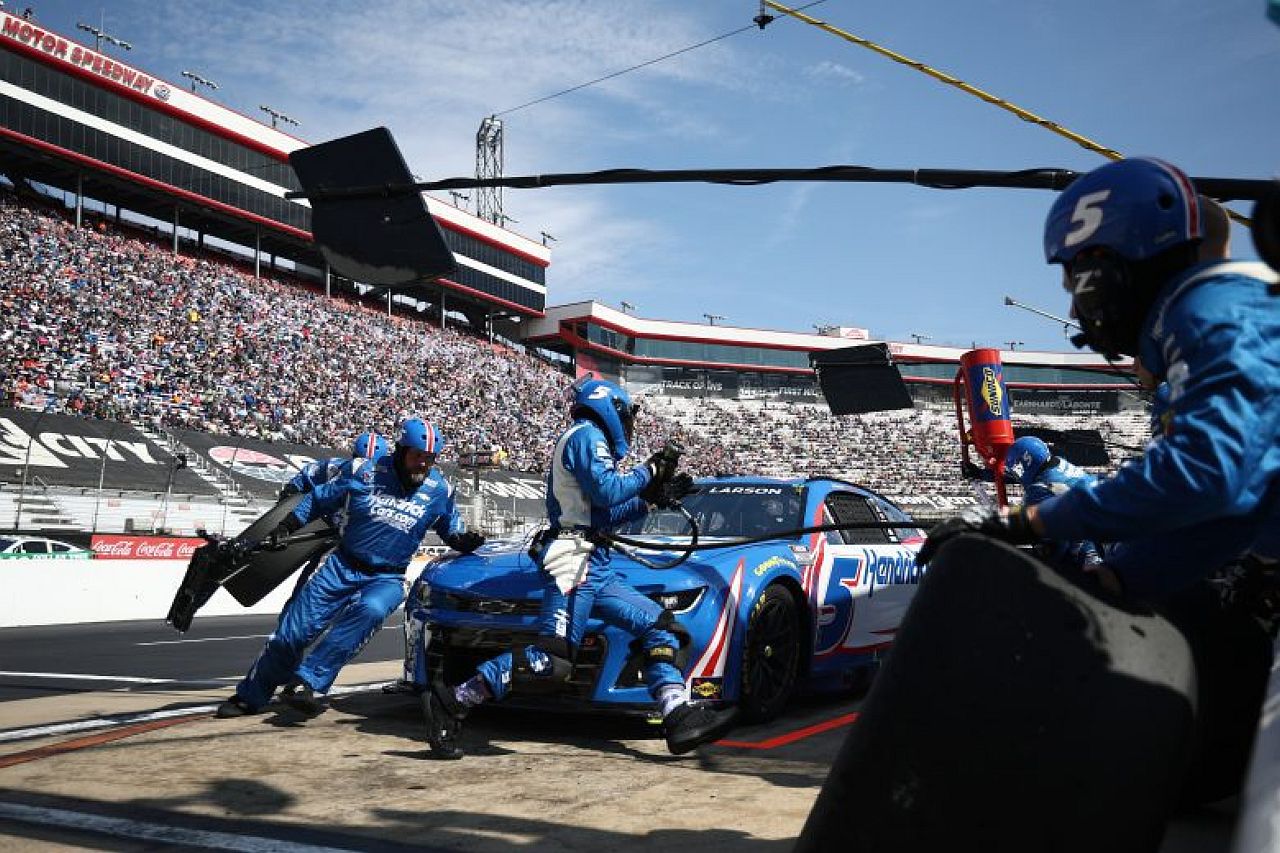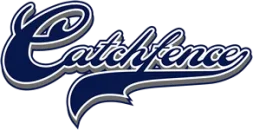BRISTOL, Tenn. – In auto racing, a blowout is an easy target for derision and dissatisfaction. It’s human nature to prefer suspense and excitement that last until the final seconds.
After Kyle Larson won his second straight race at Bristol Motor Speedway in overwhelming fashion on Sunday, however, it’s time to stop bashing the lopsided nature of his victories and start lauding the talent that enabled him to achieve them.
No, the Food City 500 wasn’t a nail-biting affair. Larson led 411 of the 500 laps—after leading 462 circuits in winning the Bristol Night Race last September.
As runner-up Denny Hamlin put it after the race, “The best car and the best driver won tonight.”
The emphasis should be on “driver.” After the NASCAR Cup Series competitors ran conservatively for 35 laps until it became apparent that anticipated tire wear was not going to occur, Larson seized the lead from Hendrick Motorsports teammate and pole winner Alex Bowman.
Adroitly working traffic during long green-flag runs, Larson held the top spot through the first two stages and beyond, surrendering it only during a cycle of pit stops in the final 235-lap green-flag run.
Throughout the final stage of the race, Hamlin gave chase but could never get close enough to challenge for the lead.
Yes, it was a blowout at the front of the field, but that was more a testament to Larson’s skill at Bristol than it was to a disparity in equipment.
Remember, Larson ascended to NASCAR’s top division from a dirt-track background. His ability to drive high-powered sprint cars is unparalleled, and in those ranks, split-second decisions in traffic on quarter and half-mile tracks are necessary to success.
“I think really what helps is that when you’re racing sprint cars, you get used to having to make super-quick decisions,” Larson said. “That’s really the way it is here in traffic at Bristol.
“It’s much tougher to get through traffic in the Cup Series than it is in Xfinity, just because the cars are more similar in speed. Regardless, I was able to lap a lot during the first stage, I felt like, before the track really opened up. That was nice, to get some guys two laps down early, and they didn’t fight me quite as hard later on.

“It was still a challenge. Denny was doing a good job chasing me through traffic. I just felt like I could move around a little bit better.”
Indeed. Larson, who prefers a loose setup, was able to make passes in the bottom lane (which was sprayed with PJ1 traction compound), the top (which took more rubber than expected) and occasionally by running the middle lane and splitting lapped cars.
And if Larson maintained iron-fisted control of the lead, there was plenty of action in the field behind him. Brad Keselowski, who finished 16th, made a race-high 106 green-flag passes. Chris Buescher, Kyle Busch, Austin Dillon and Ross Chastain all accounted for 90 or more.
Chastain drove methodically from his 35th starting position to a seventh-place finish. William Byron started 26th after a bobble in qualifying and charged to sixth at the checkered flag.
The PJ1, applied this year in place of the resin used last spring, kept the bottom lane workable and prevented the track from becoming totally top-dominant as the race progressed.
The victory was Larson’s second this year, and it served to emphasize the early-season superiority of two of the sports flagship organizations, Hendrick Motorsports and Joe Gibbs Racing, which collectively have won eight of the nine events this season.
Behind Larson, JGR drivers finished 2-3-4 on Sunday. Two weeks earlier at Martinsville, Hamlin and teammate Christoper Bell (a three-time winner this year) ran 1-2, with Hendrick’s Chase Elliott and Larson taking the fourth and fifth positions.
That should be a wake-up call to rest of the garage, which has considerable catching up to do—and not just at Bristol.
Source: Reid Spencer | NASCAR Wire Service



















